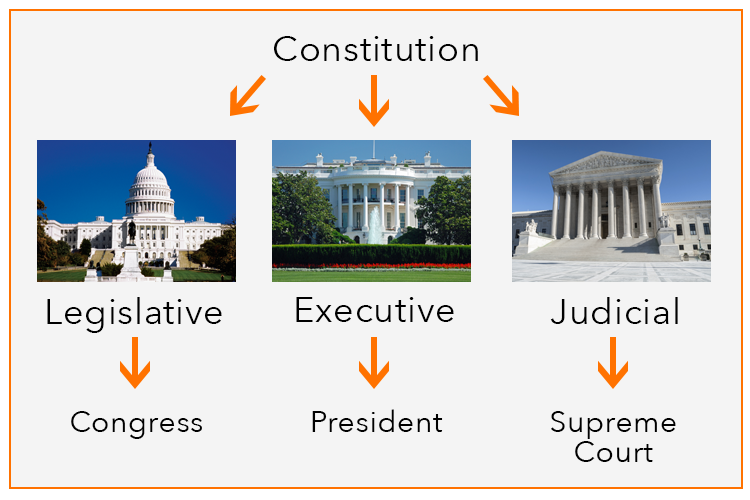Main Content
Lesson 1: U.S. Legal System
Overview of the U.S. Legal System
Before beginning our legal analysis of strategic communications, a brief review of the U.S. legal system is in order. Later, we will also discuss international regulations as appropriate. The U.S. Constitution is the "supreme law" of the United States. You can think of the Constitution as a rule book that provides instructions for how the government will operate and what the government is allowed to do. Just as the board game Monopoly has a certain set of rules that all players must follow, the government also has rules it must follow.
The Constitution details what the executive branch (the president), the legislative branch (Congress), and the judicial branch (the courts) are each supposed to do. One job of the Supreme Court is to make sure that each branch does not overstep its authority. In addition, the Bill of Rights and other amendments to the Constitution specify certain individual rights that the government is not allowed to restrict. For example, if Congress passed a law prohibiting all advertising on television, the Supreme Court would strike down the law as unconstitutional because it would violate the right of free speech protected by the First Amendment.
Each state has its own constitution that establishes that state's system of government. A state legislature must follow the rules in the state constitution just as Congress must follow the rules in the federal constitution. In addition, the rights granted to individuals by the federal constitution apply to all the states as well, so a state or local government is not allowed to restrict your free speech either.
